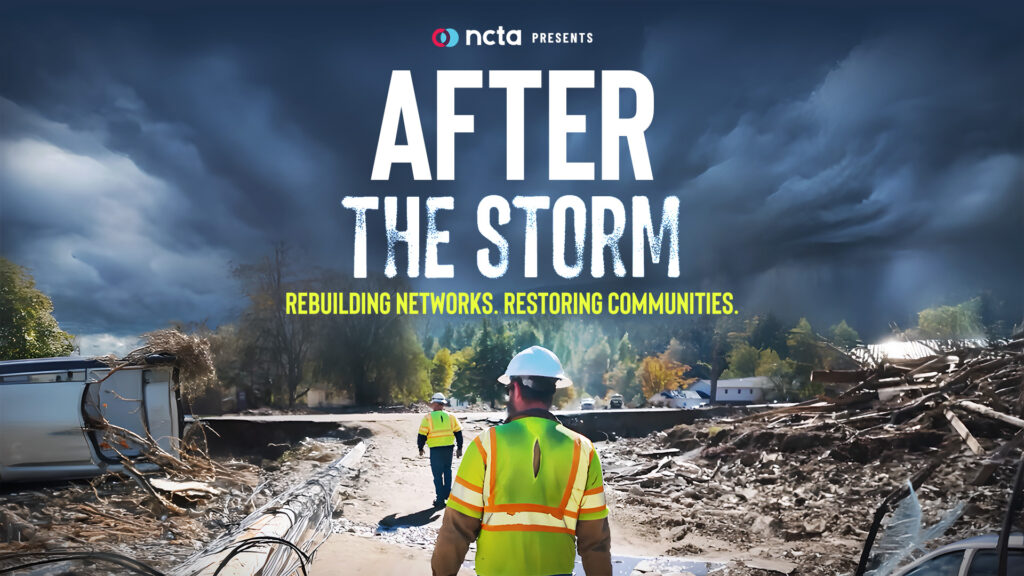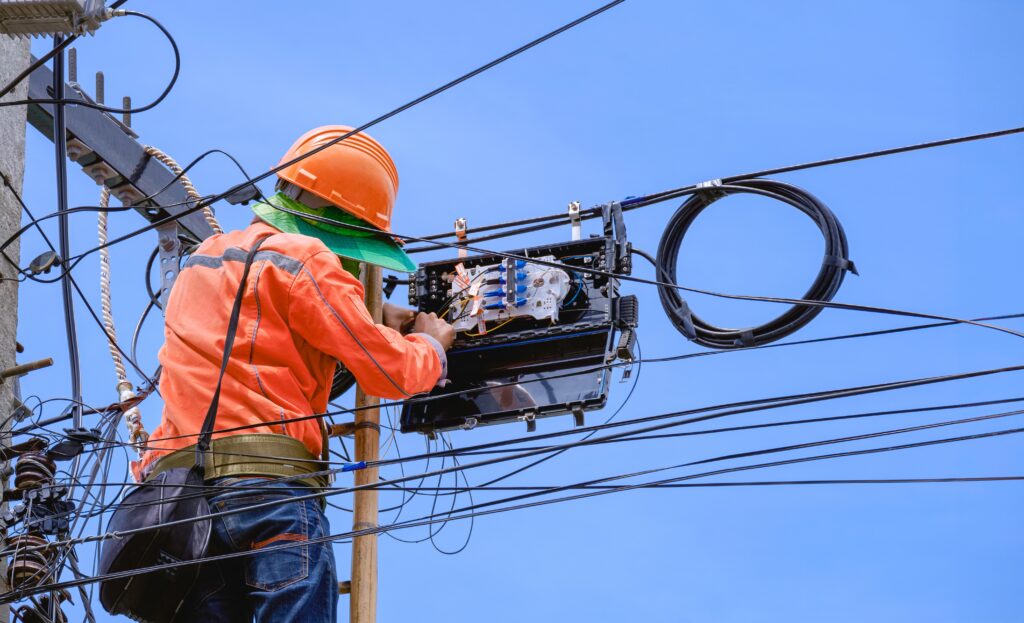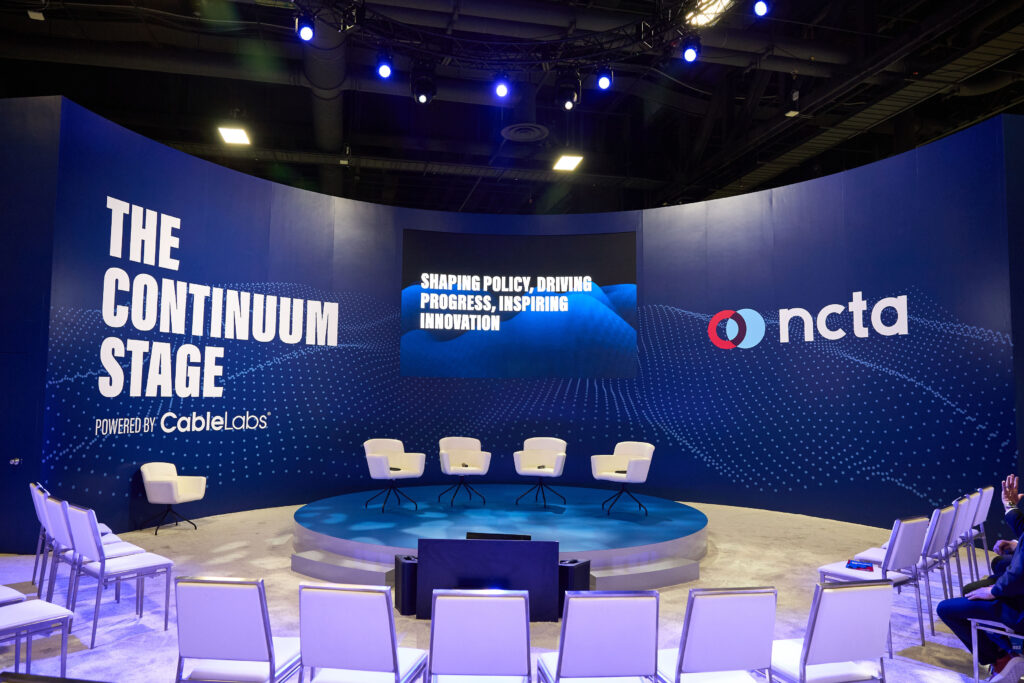Today is Earth Day, a time to reflect on humans’ impact on the planet and what can be done to build a more sustainable future. Whether greening business practices, setting ambitious climate goals, or shining the light on pressing environmental issues, the cable industry is driving progress on environmental sustainability.
Here are just a few examples of how the cable industry, across the board, is doing its part to work towards a more sustainable world.
Efficient networks: broadband infrastructure
Increased energy efficiency for devices and changes across the network footprint have helped sustainability.
- More energy-efficient equipment like set-top boxes and modems and cloud delivery options have been developed and deployed, thanks to voluntarily set industry standards.
- More than 98% of new network devices, including modems and routers, meet strong efficiency standards.
- Since 2012, U.S. consumers have saved $15 billion in energy costs thanks to the increasing energy efficiency of video equipment, as well as 78 million metric tons of CO2 emissions.
- Efforts also include increasing the efficiency of data centers and infrastructure such as conduit, cabinets, hardware, towers, and poles.
- Fleets of trucks that go out on service calls have been improving fuel efficiency through routing technology and vehicles that run on alternative fuel.
- Cable operators are decreasing the amount of waste sent to landfills, with Cox having reached their goal of zero waste to landfills earlier this spring.
Managing responsibility: business strategies, offices, and facilities
By updating office buildings to be more energy efficient and switching to renewable energy, industry leaders are making changes that add up to big results.
- Companies are setting goals to reduce carbon emissions.
- Part of that includes investing in renewable energy through Power Purchase Agreements (PPAs) and onsite solar.
- Buildings are going green with energy efficiency measures, such as LED lighting and timers, pursuing LEED certification, and expanding recycling.
Eco-friendly products: hardware and packaging
The industry is also going beyond its core operations to have a bigger impact on reducing waste.
- Companies are engineering for circularity via modular components to better enable repair and reuse.
- Packaging made from recycled materials is being used, decreasing overall waste and plastic for in-home and network products.
Sustainability on set: TV productions
TV productions are doing their part behind the scenes to implement greener best practices.
- Efforts include recycling scenery, wardrobes, food containers, and more.
- Sets are shifting to LED lighting, a more energy-efficient technology.
- TV producers are also reducing the use of diesel-powered generators to power their sets.
- Craft services are donating left-over food to feed cast and crew to local non-profits.
- And TV companies are also using renewable or sustainable set materials to reduce impact.
Green on screen: awareness on TV
In front of the camera, cable TV programmers are playing a critical role in the effort to go green.
- Cable TV networks feature important sustainability topics in their programming.
- TV companies are also creating fictional content that inspires environmental sustainability efforts.
- And cable TV news networks are highlighting important environmental topics to spread awareness.
To learn more about how the cable industry is doing its part to build a greener future, visit the NCTA website.








